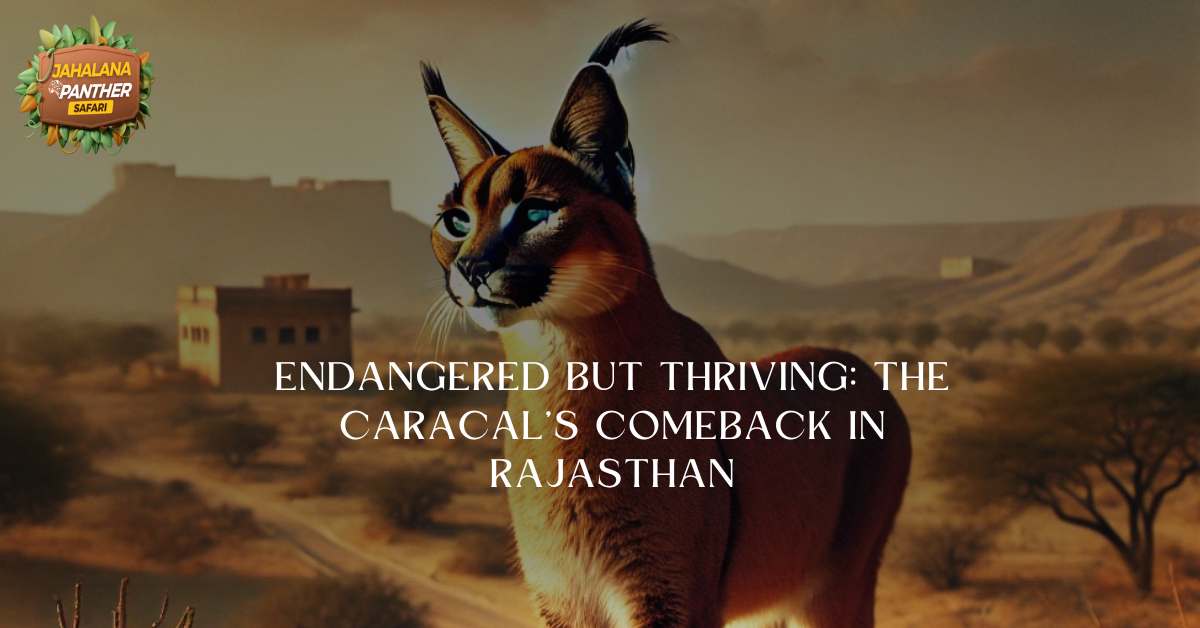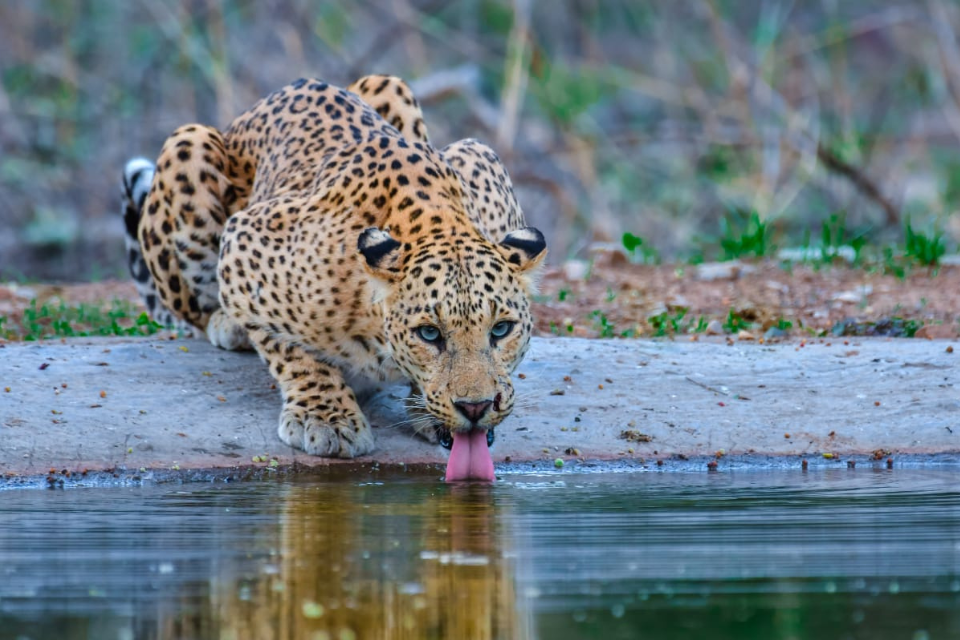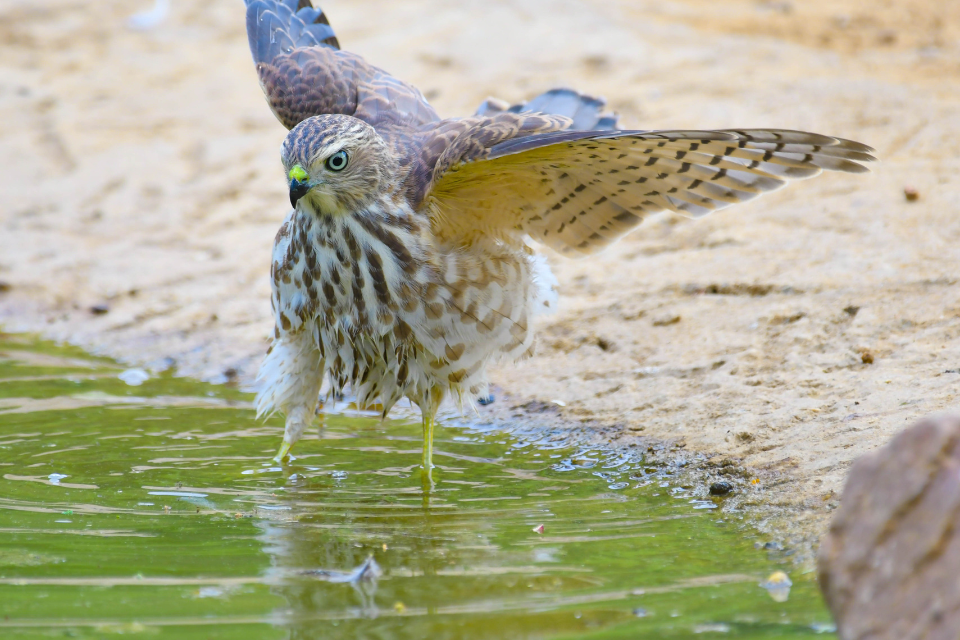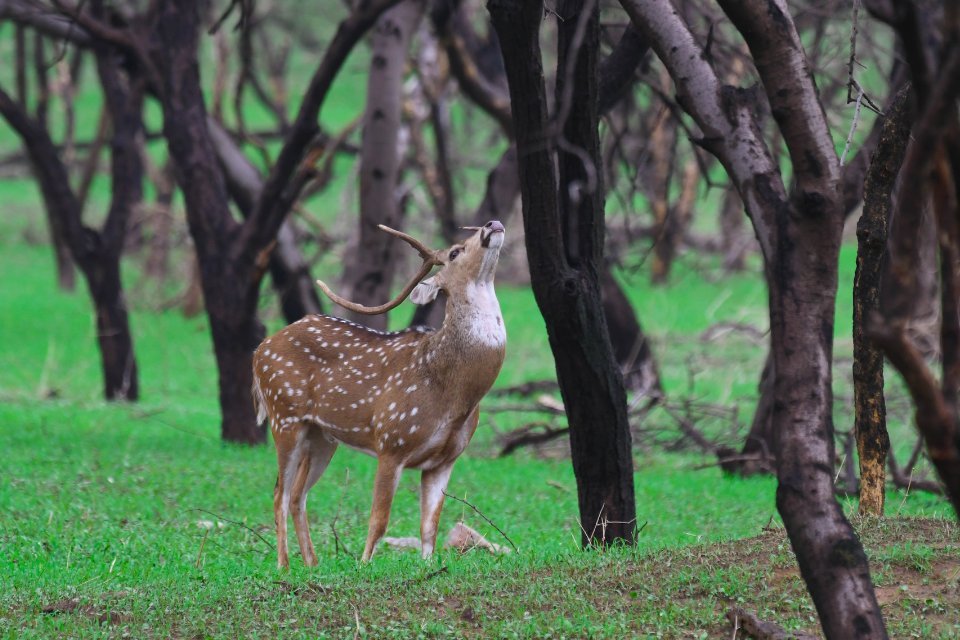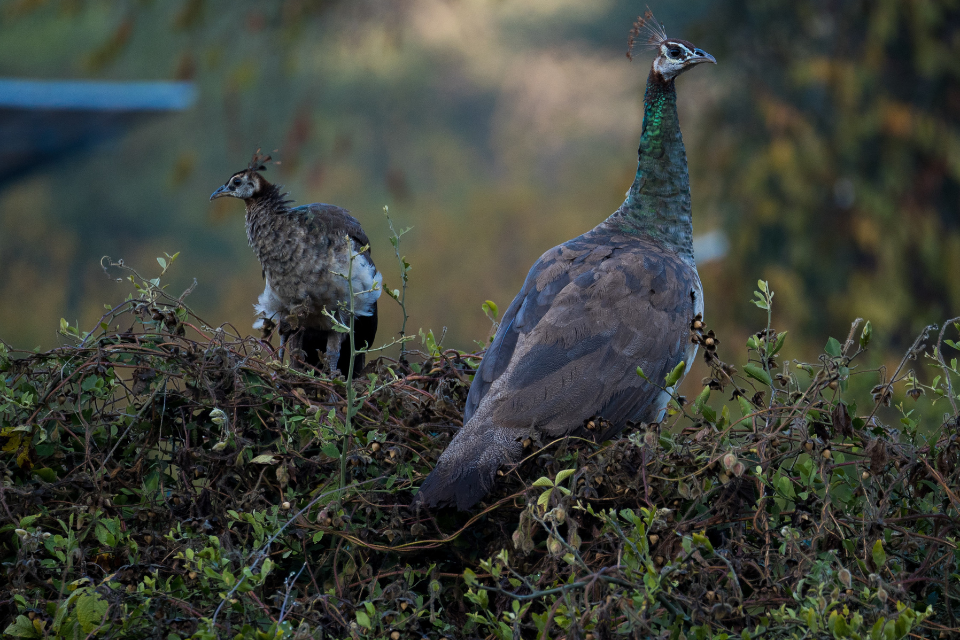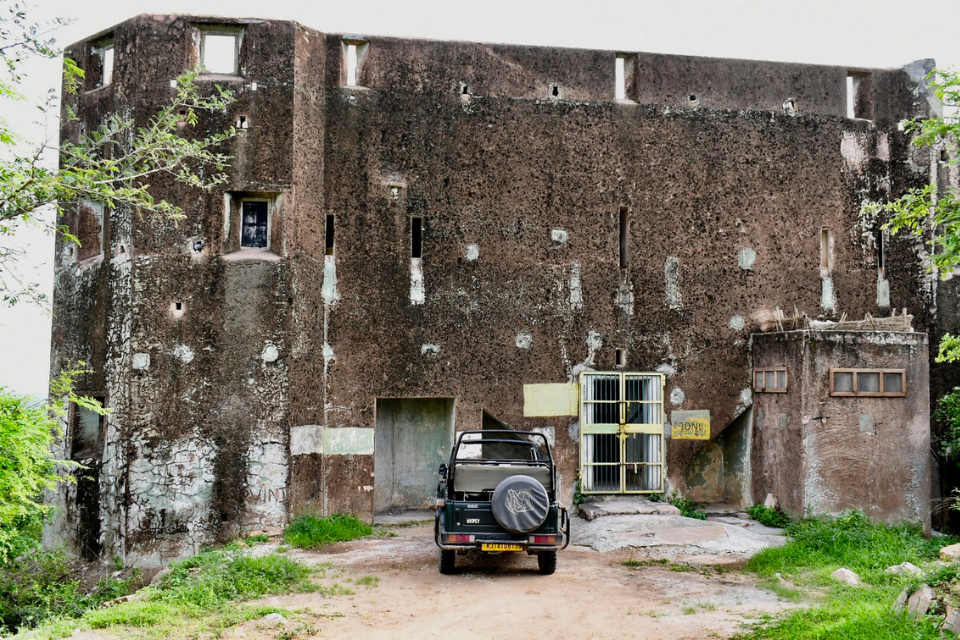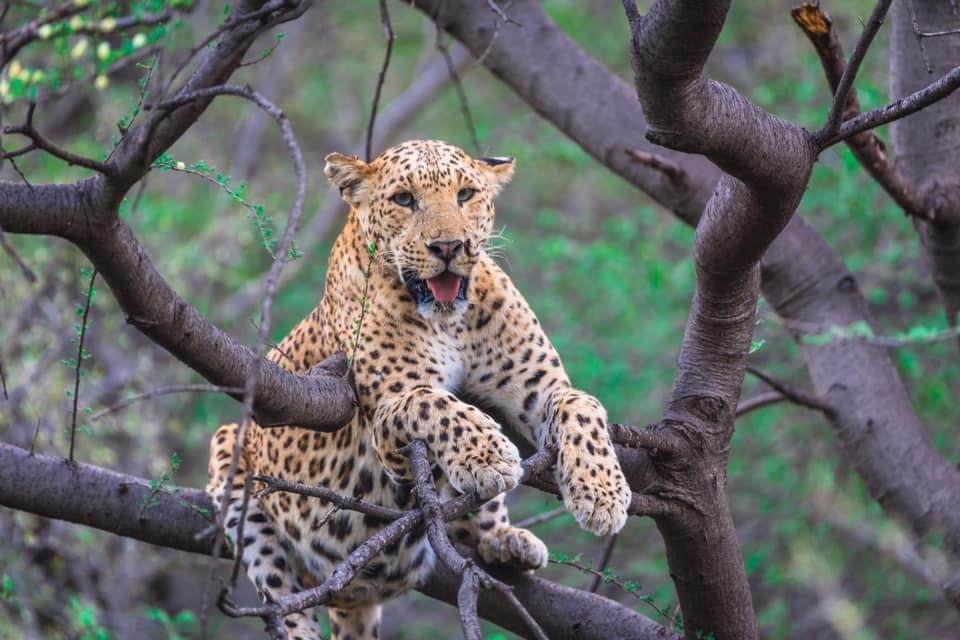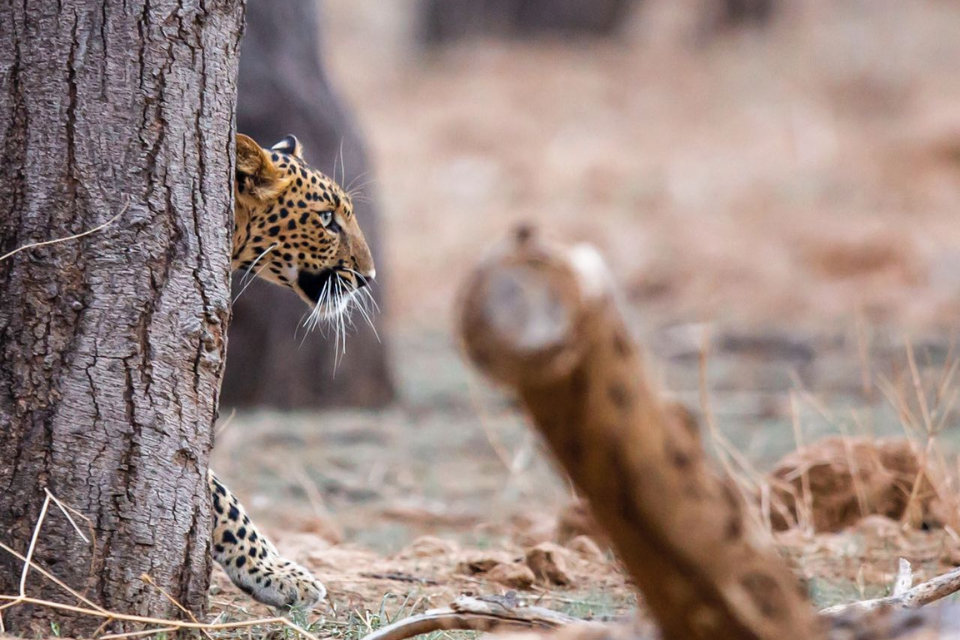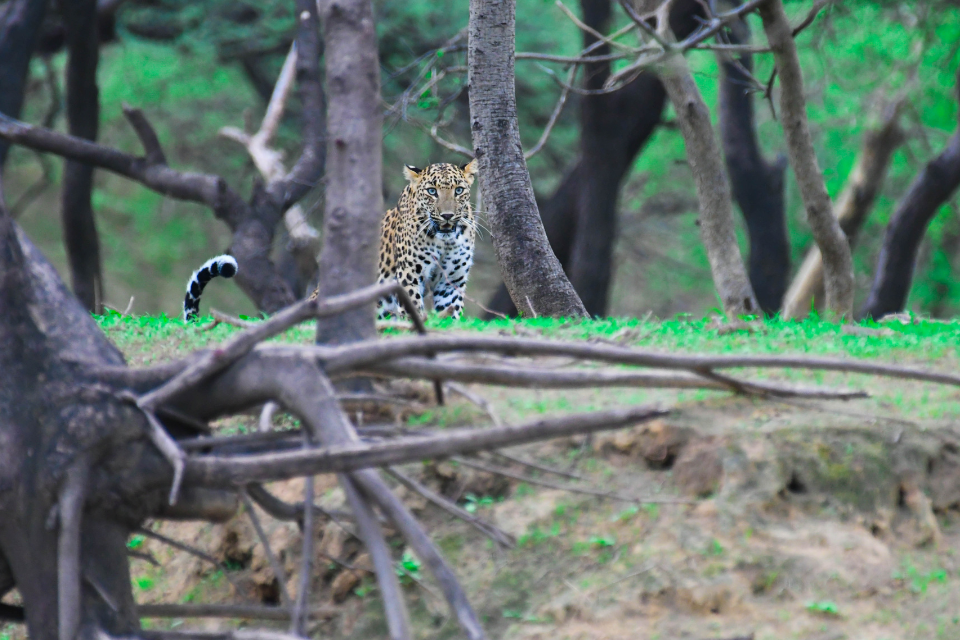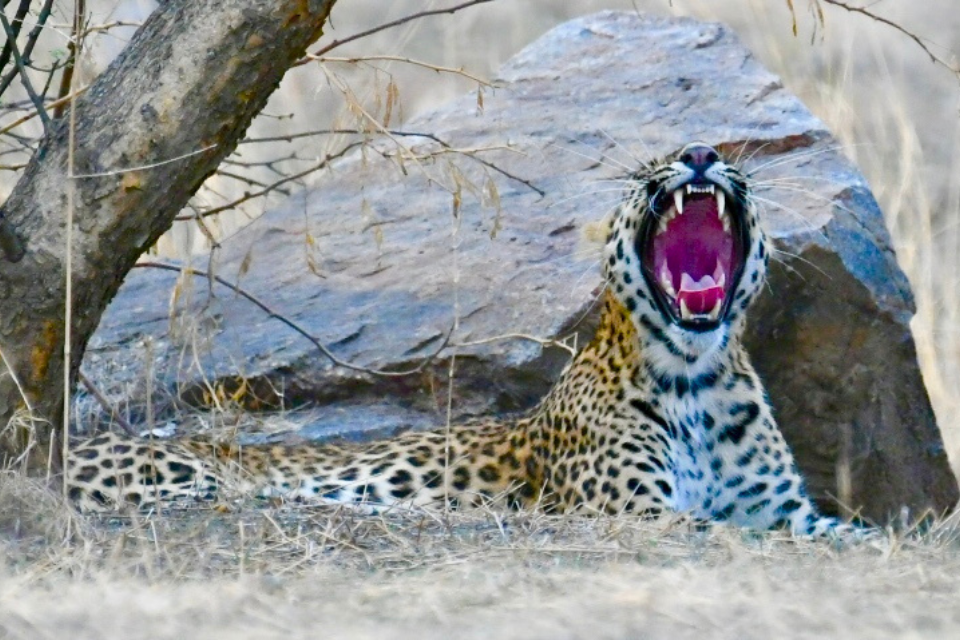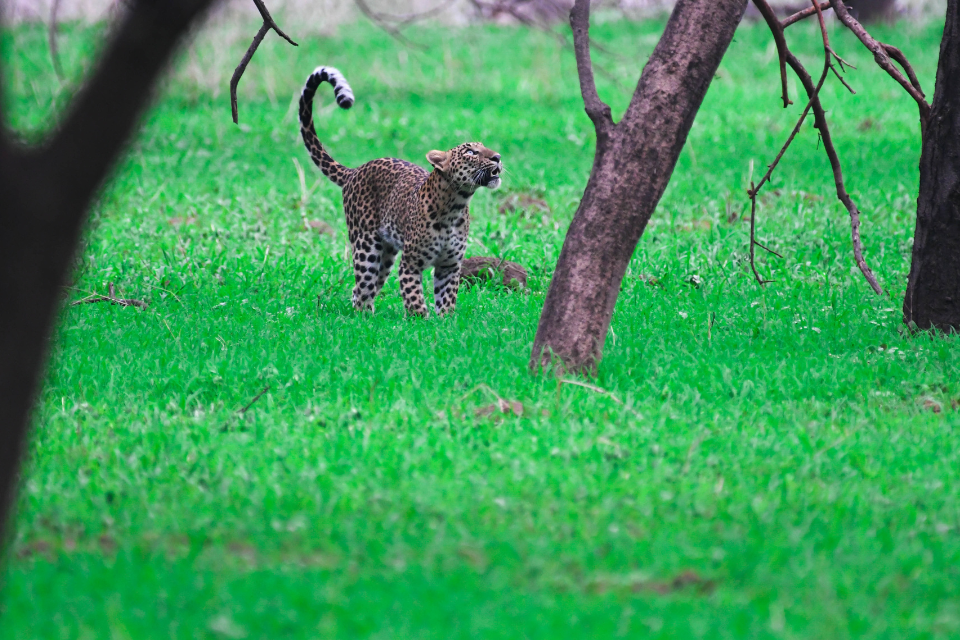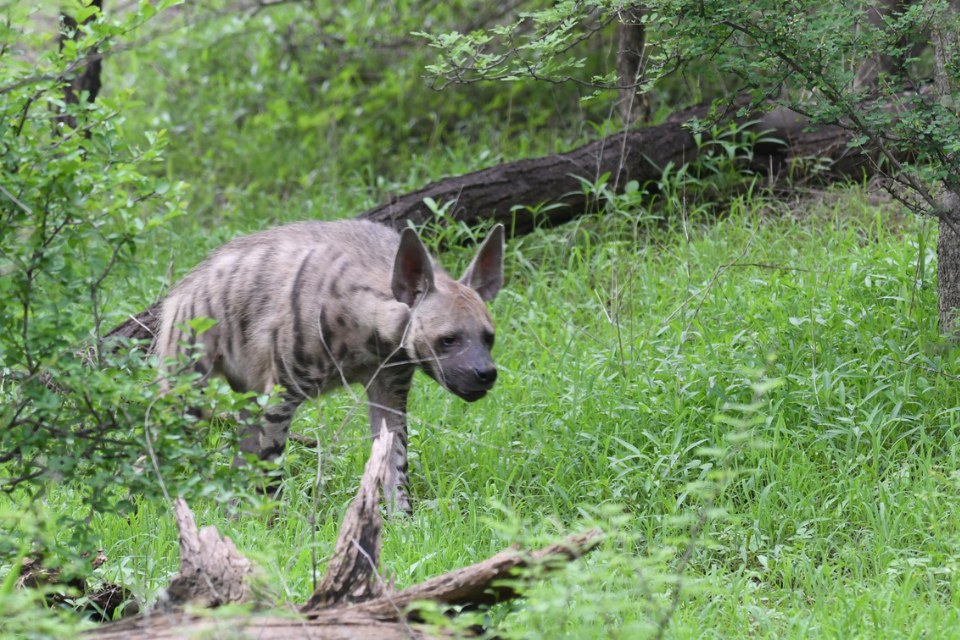- March 4, 2025
Endangered but Thriving: The Caracal's Comeback in Rajasthan.
The Caracal (Caracal caracal), one of the most elusive and mysterious wild cats, is making a surprising comeback in Rajasthan. Known for its long, black-tufted ears, muscular build, and extraordinary leaping ability, this feline has remained largely undocumented in India due to its secretive nature.
Once thought to be declining rapidly, new research and conservation efforts suggest that Rajasthan is one of the last strongholds for this rare predator. The state’s vast deserts, rocky outcrops, and semi-arid grasslands provide the perfect refuge for these agile hunters.
Let’s explore the Caracal’s survival story, why it became endangered, and how conservation efforts in Rajasthan are helping this magnificent cat thrive once again.
- Meet the Caracal – The Desert’s Elusive Predator
📌 Scientific Name: Caracal caracal
📌 Status: Endangered in India
📌 Height: 40–50 cm at the shoulder
📌 Weight: 8–20 kg
📌 Lifespan: 12–15 years in the wild
📌 Best Places to Spot: Ranthambore, Kumbhalgarh, Jaisalmer
✔ Recognized by its long, black-tufted ears, which enhance its hearing.
✔ Superb hunter—can leap 10 feet into the air to catch birds in mid-flight.
✔ Prefers semi-arid regions, rocky hills, and dry forests, avoiding dense jungles.
🚀 Fun Fact: The Caracal’s name comes from the Turkish word “karakulak,” meaning “black ear.”
- Why is the Caracal Endangered?
Despite being a powerful and adaptable predator, the Caracal is rarely seen in India. Here’s why:
⚠️ A. Habitat Loss & Shrinking Grasslands
❌ 90% of India’s grasslands have been lost, forcing Caracals into smaller, fragmented areas.
❌ Large-scale farming, mining, and urbanization have destroyed their natural hunting grounds.
🚀 Fact: Rajasthan remains one of the last places in India where grasslands and semi-arid habitats still exist.
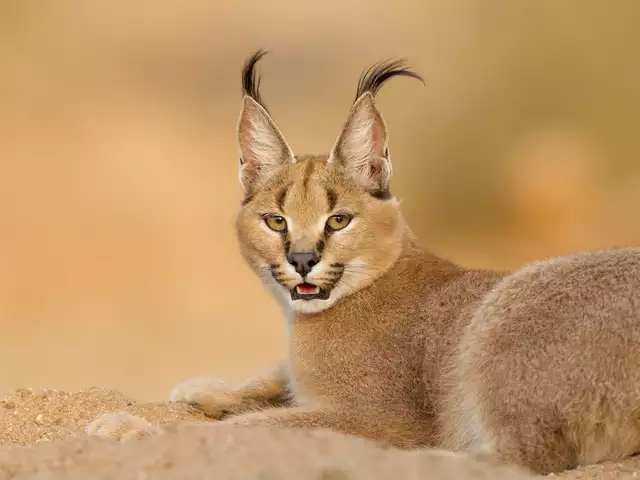
⚠️ B. Hunting & Poaching
❌ Caracals were once hunted for their fur and as exotic pets.
❌ Illegal wildlife trade continues in some areas, though at lower levels.
🚀 Fact: In some parts of Africa, Caracals are trained for falconry-like hunting—an ancient practice!
⚠️ C. Human-Wildlife Conflict
❌ As their natural prey declines, Caracals sometimes target poultry and livestock, leading to conflict with farmers.
❌ Retaliatory killings reduce their numbers.
🚀 Solution: Conservationists are teaching farmers non-lethal methods to protect their livestock.
- Rajasthan – The Last Safe Haven for Caracals in India
While Caracals are disappearing from most of India, Rajasthan has become their stronghold. Why?
✔ Large, undisturbed landscapes – The Thar Desert, rocky hills, and scrub forests offer ideal Caracal habitats.
✔ Abundance of prey – Chinkaras, hares, rodents, and small birds sustain the Caracal.
✔ Protected reserves – Rajasthan’s wildlife sanctuaries provide safe breeding grounds.
🚀 Best Places to Spot Caracals in Rajasthan:
- Ranthambore National Park – Often seen near rocky hills.
- Kumbhalgarh Wildlife Sanctuary – Home to a small but stable Caracal population.
- Jaisalmer Desert & Desert National Park – Caracals thrive in the remote dunes and scrublands.
🚀 Fact: The Caracal has historically been seen in Rajasthan, Gujarat, and Madhya Pradesh, but now Rajasthan is its last stronghold.
- How Rajasthan is Helping the Caracal Population Recover
🛡️ A. Expanding Protected Areas
✔ Rajasthan’s conservationists are increasing the size of protected areas where Caracals live.
✔ Buffer zones are being established around national parks to reduce human interference.
🚀 Success Story: New wildlife corridors between Kumbhalgarh and Ranthambore are helping Caracals move safely.
🛡️ B. Anti-Poaching & Awareness Programs
✔ Strict laws against poaching under the Wildlife Protection Act, 1972.
✔ Wildlife officials monitor Caracal movements to prevent illegal hunting.
✔ Local communities are being trained to recognize the importance of protecting Caracals.
🚀 Success Story: Awareness campaigns in rural Rajasthan have reduced Caracal killings.
🛡️ C. Studying Caracal Behavior & Population Trends
✔ Wildlife researchers are using camera traps and radio collars to study Caracals.
✔ Data collected helps in creating better conservation policies.
🚀 Success Story: In 2023, Caracals were spotted in new locations, suggesting their population is stabilizing.
🛡️ D. Reducing Human-Wildlife Conflict
✔ Farmers are being encouraged to use better livestock enclosures to prevent Caracal attacks.
✔ Government compensation schemes support farmers who lose livestock, reducing retaliatory killings.
🚀 Success Story: Some villages now see Caracals as pest controllers, as they keep rodent populations in check.
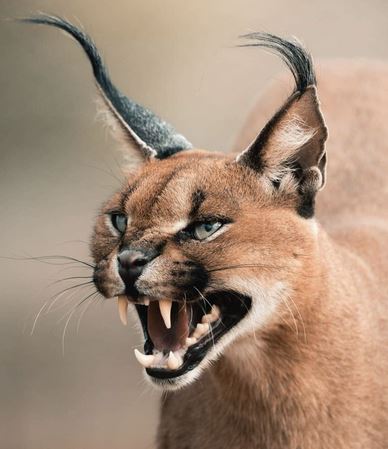
- The Challenges Still Facing the Caracal
Despite positive developments, Caracal conservation in Rajasthan is still difficult due to:
⚠️ Lack of Awareness – Most people in India don’t know about the Caracal, leading to low conservation priority.
⚠️ Habitat Fragmentation – Expanding cities cut off Caracal territories, leading to inbreeding and low genetic diversity.
⚠️ Limited Research – Unlike tigers or leopards, Caracals have not been studied extensively, making conservation harder.
🚀 Solution: Conservationists are pushing for India’s first dedicated Caracal Reserve in Rajasthan.
- The Future of the Caracal in Rajasthan
✔ Rajasthan has become the last major refuge for Caracals in India.
✔ Conservation efforts are starting to work, but more action is needed.
✔ Eco-tourism and community involvement could help secure the Caracal’s future.
🚀 What’s Next?
✅ More wildlife corridors to connect isolated Caracal populations.
✅ A Caracal Protection Program, similar to tiger conservation efforts.
✅ Better research and tracking to understand Caracal movement.
🌍 Final Thought: The Caracal may be one of India’s most mysterious wild cats, but Rajasthan is giving it a second chance at survival. With continued efforts, this elusive predator could make a full comeback in the wild.
🔍 Have you ever heard of or seen a Caracal in the wild?
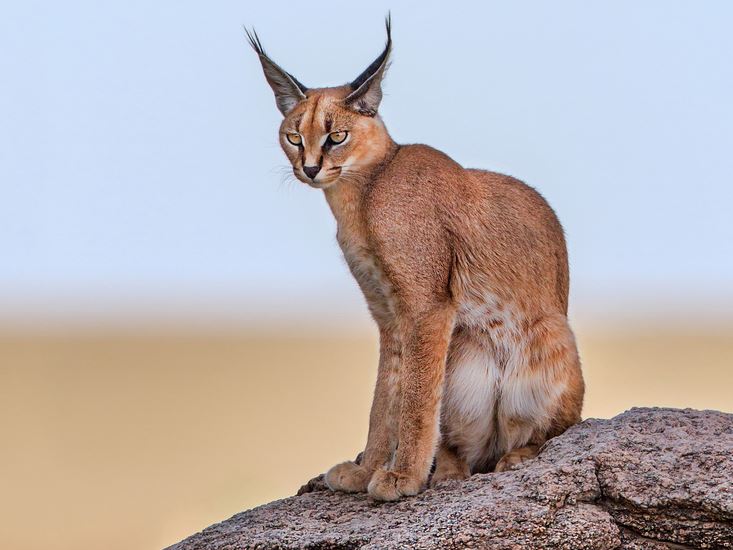
5th Para
Disclaimer All images used in this blog are either sourced from public domain or credited to their respective owners. If you are the copyright holder of any image and wish to request its removal or proper attribution, please contact us at [email protected]
